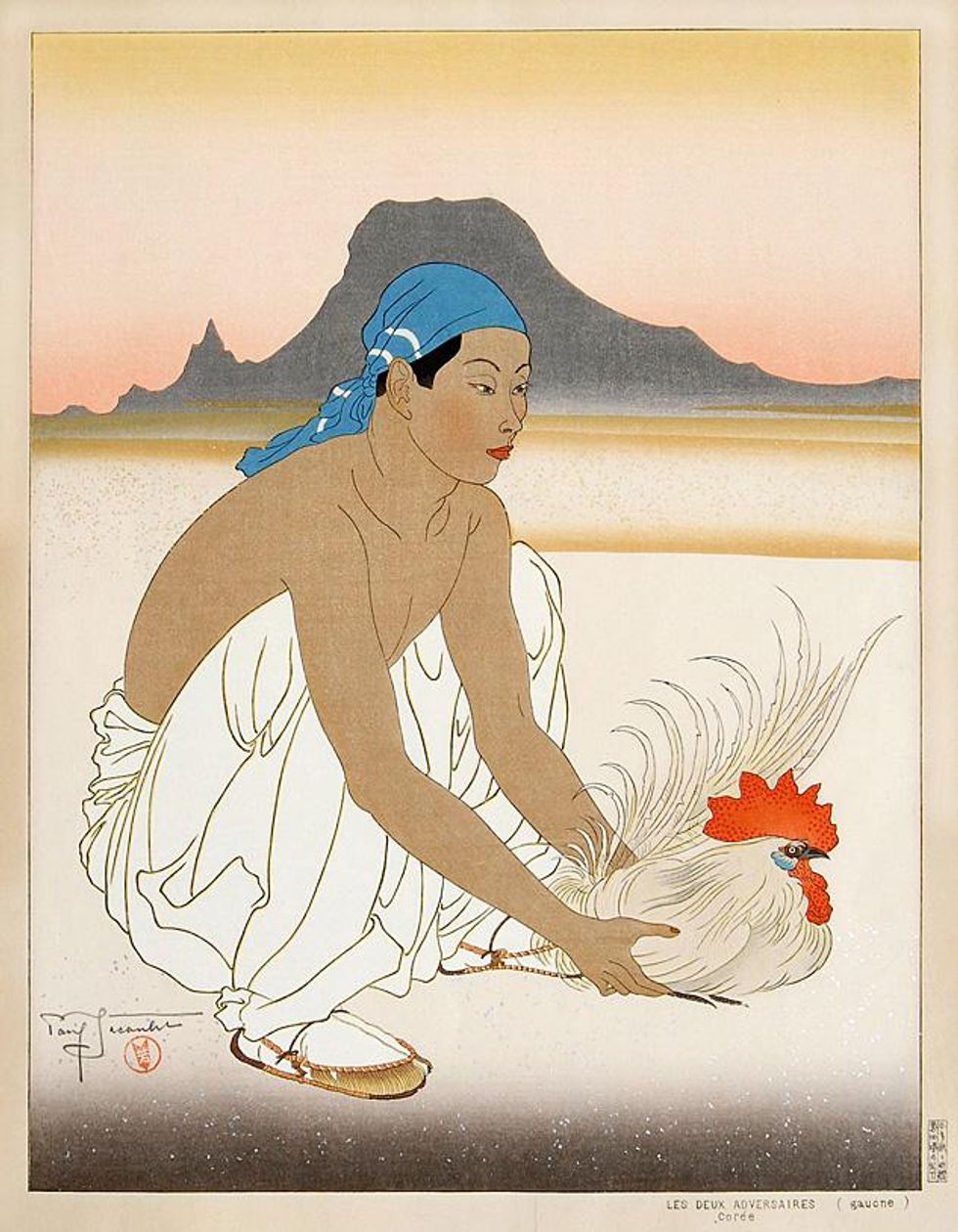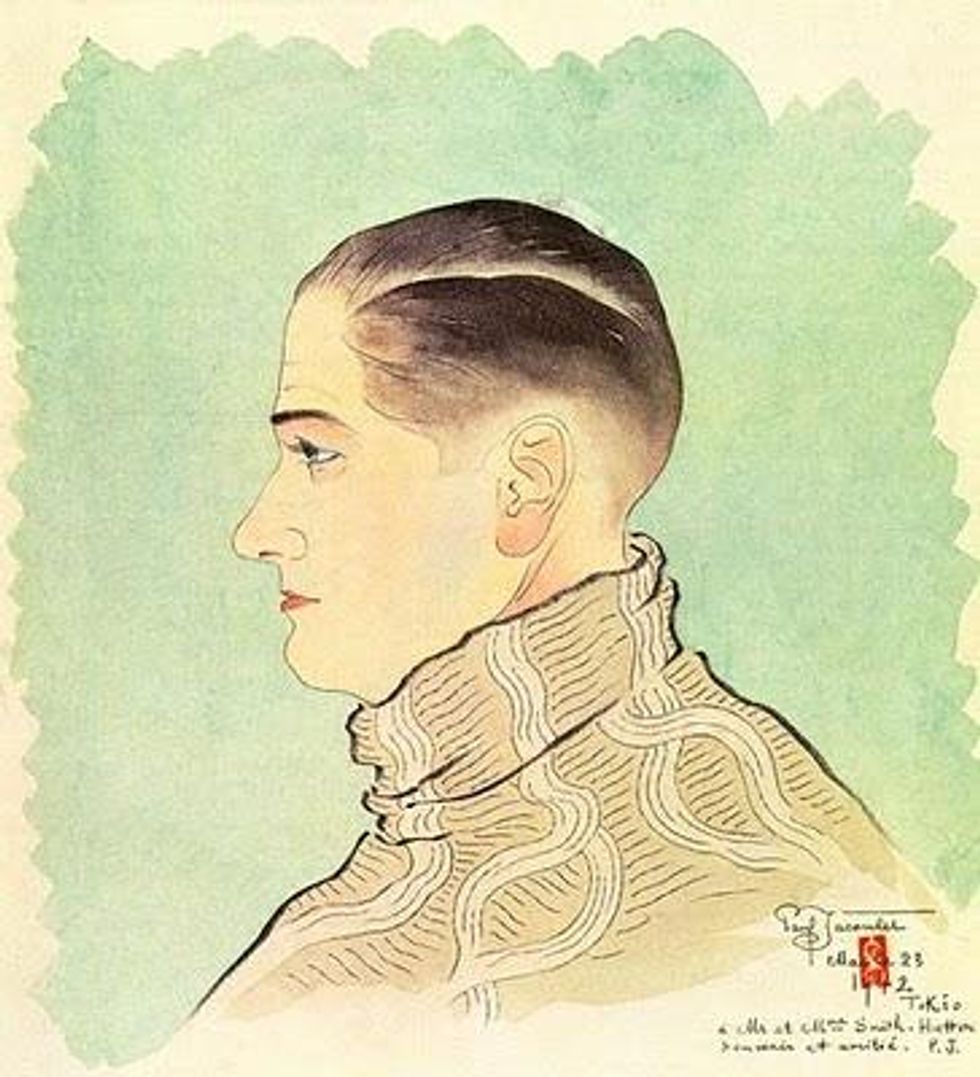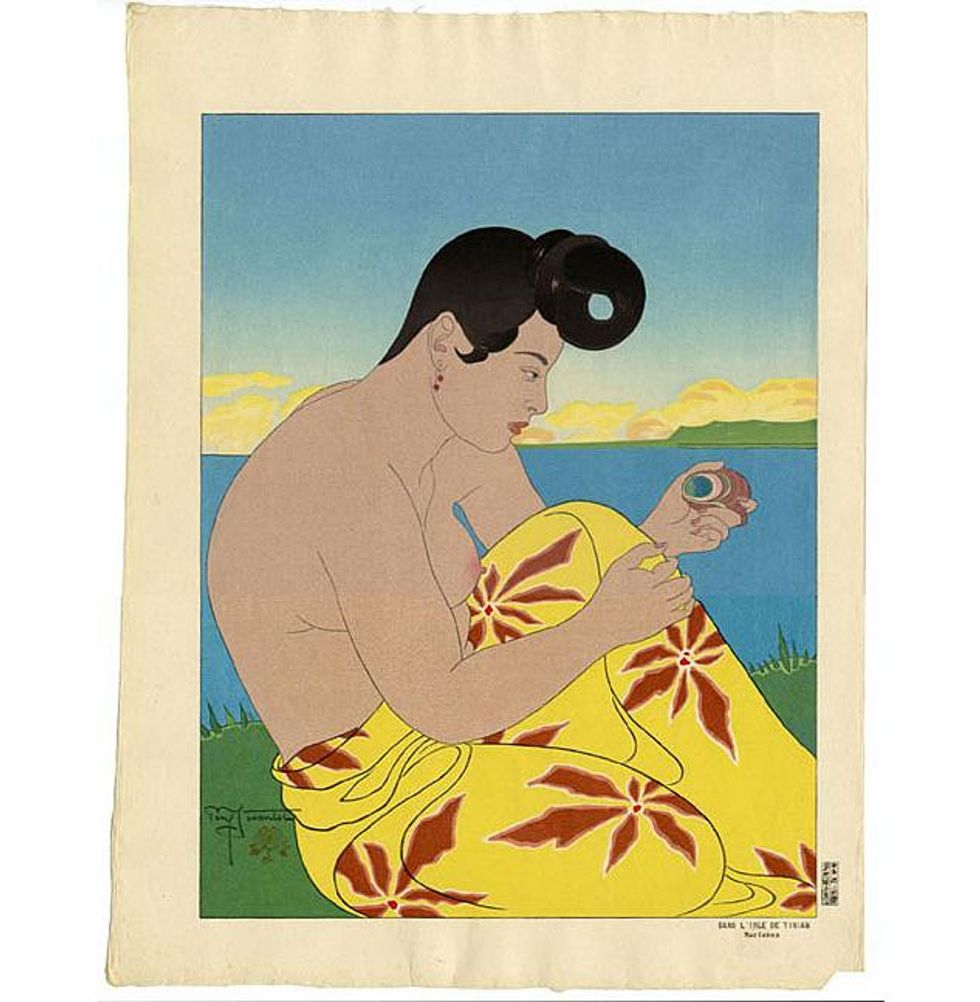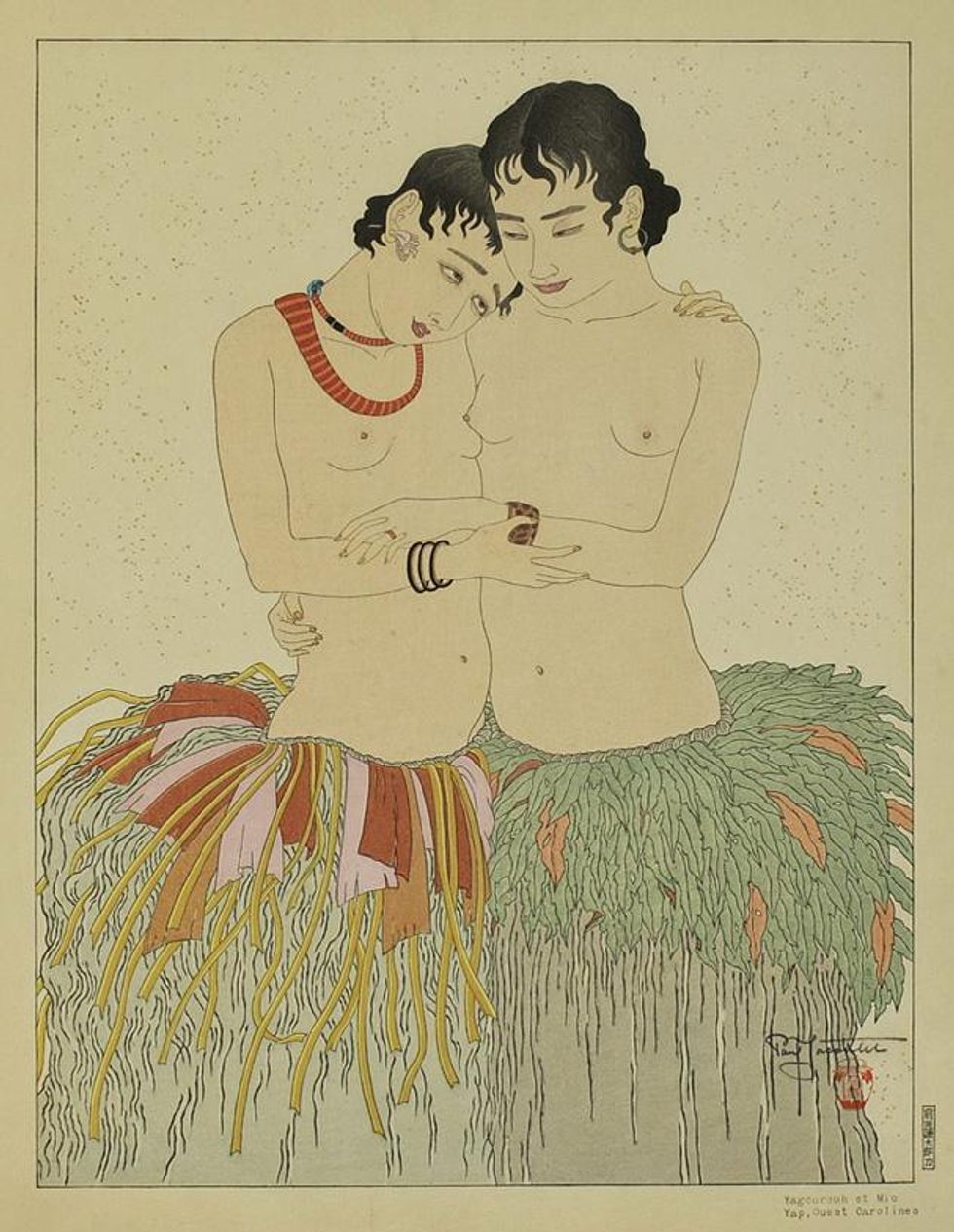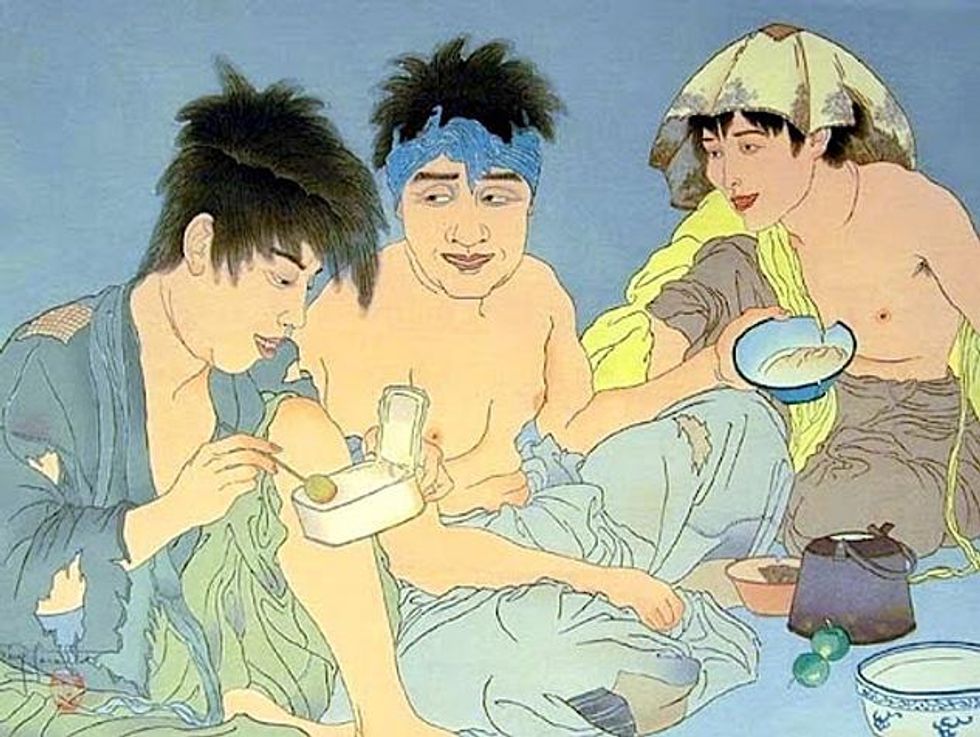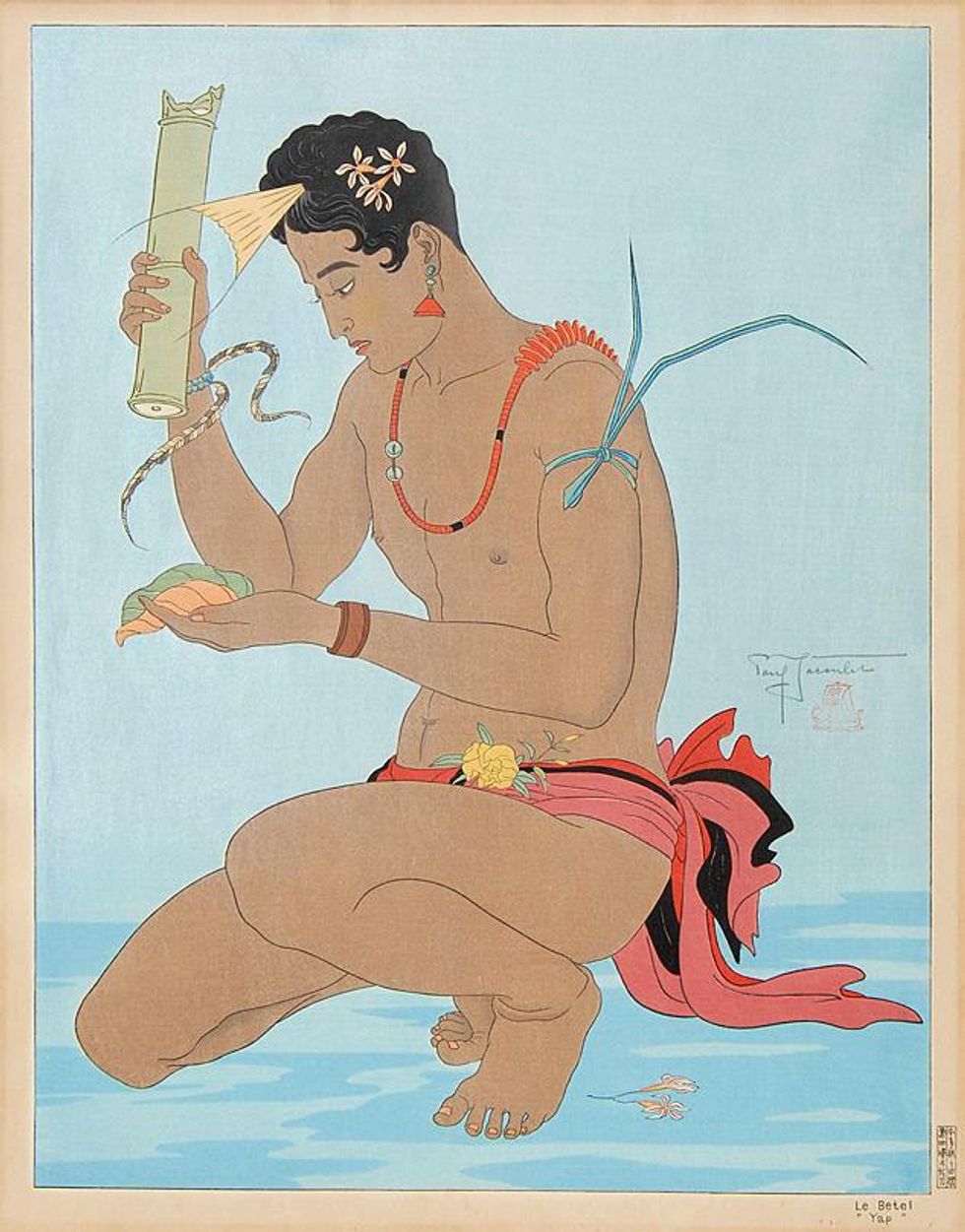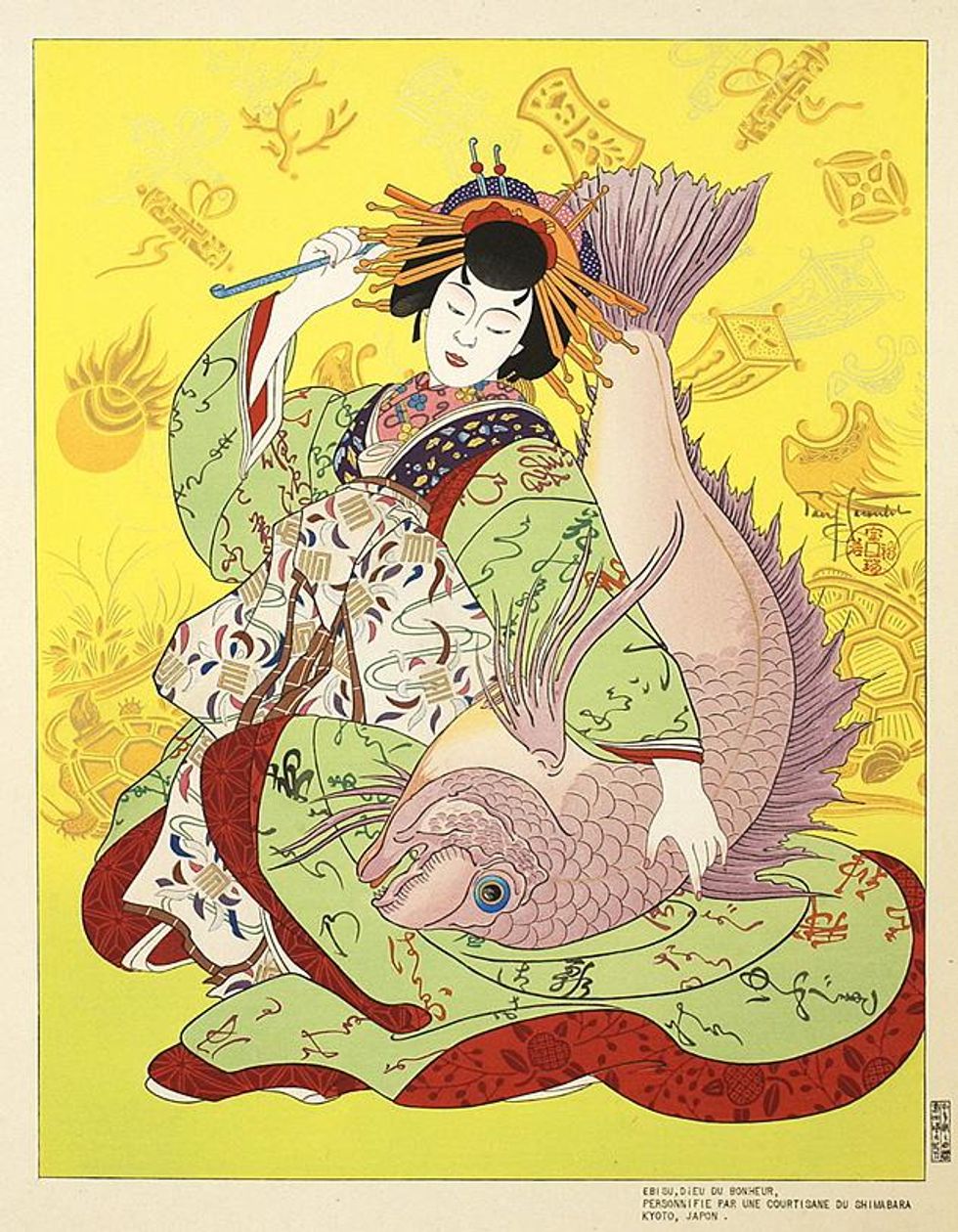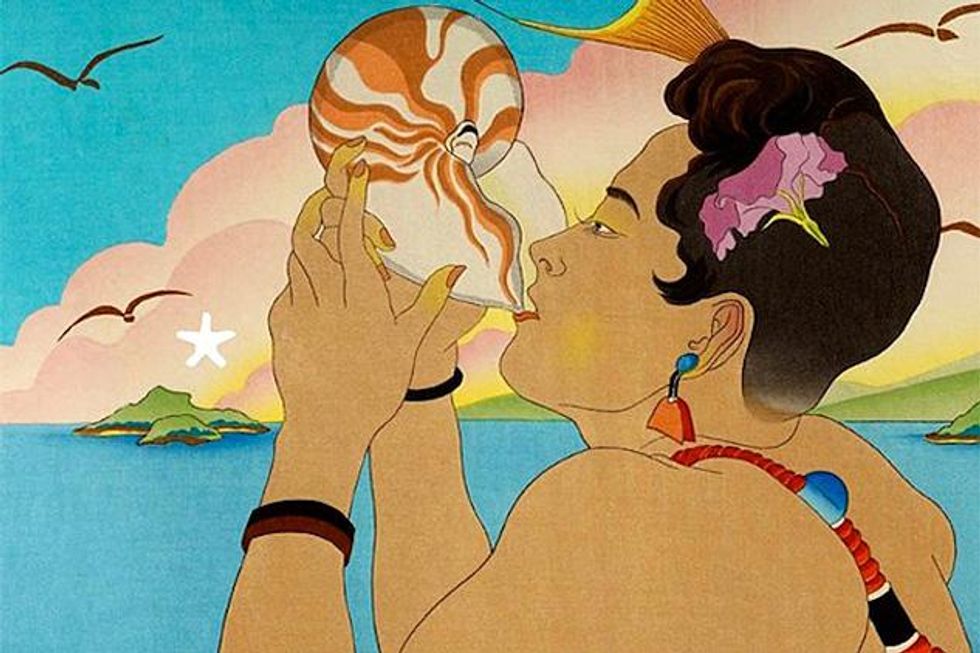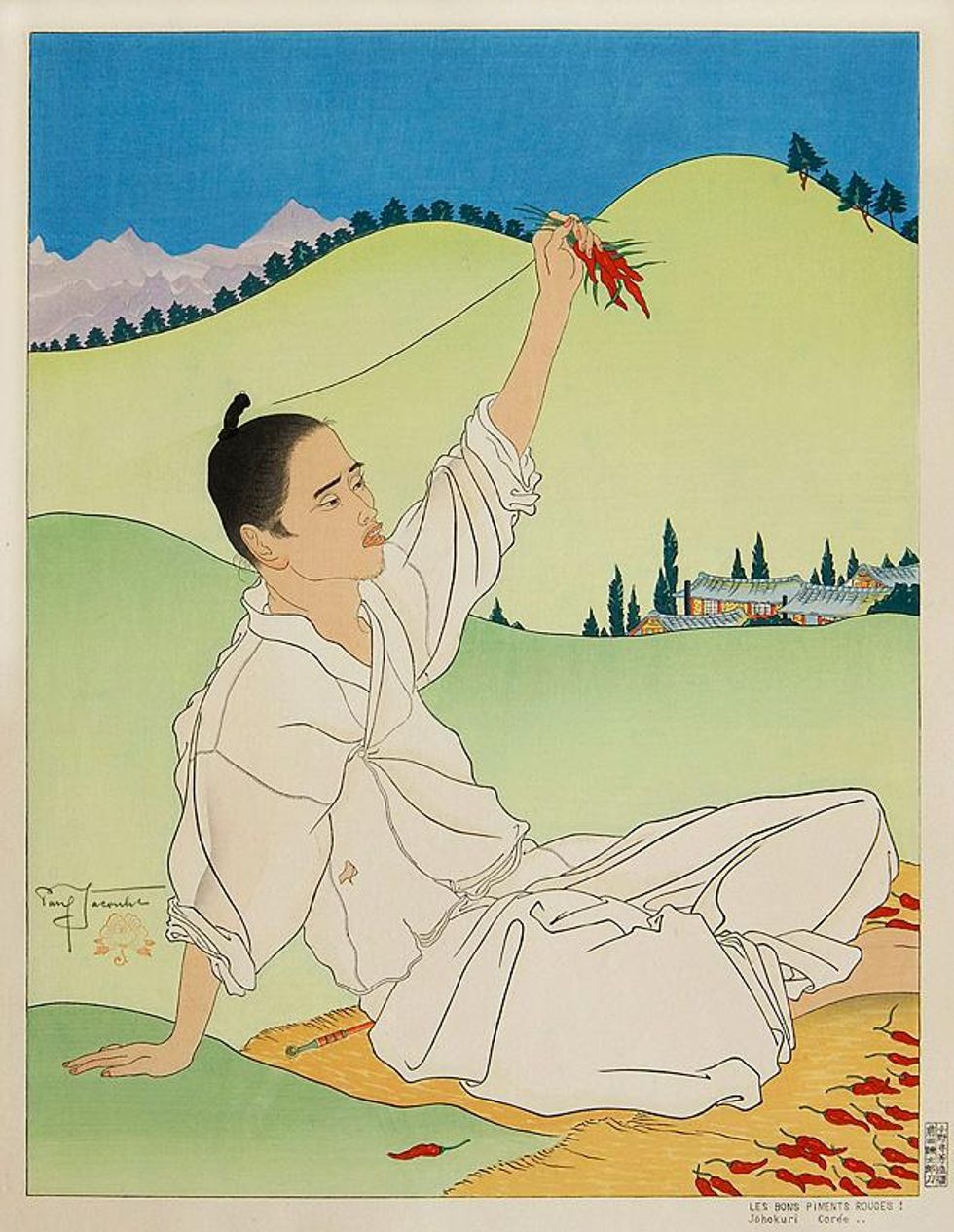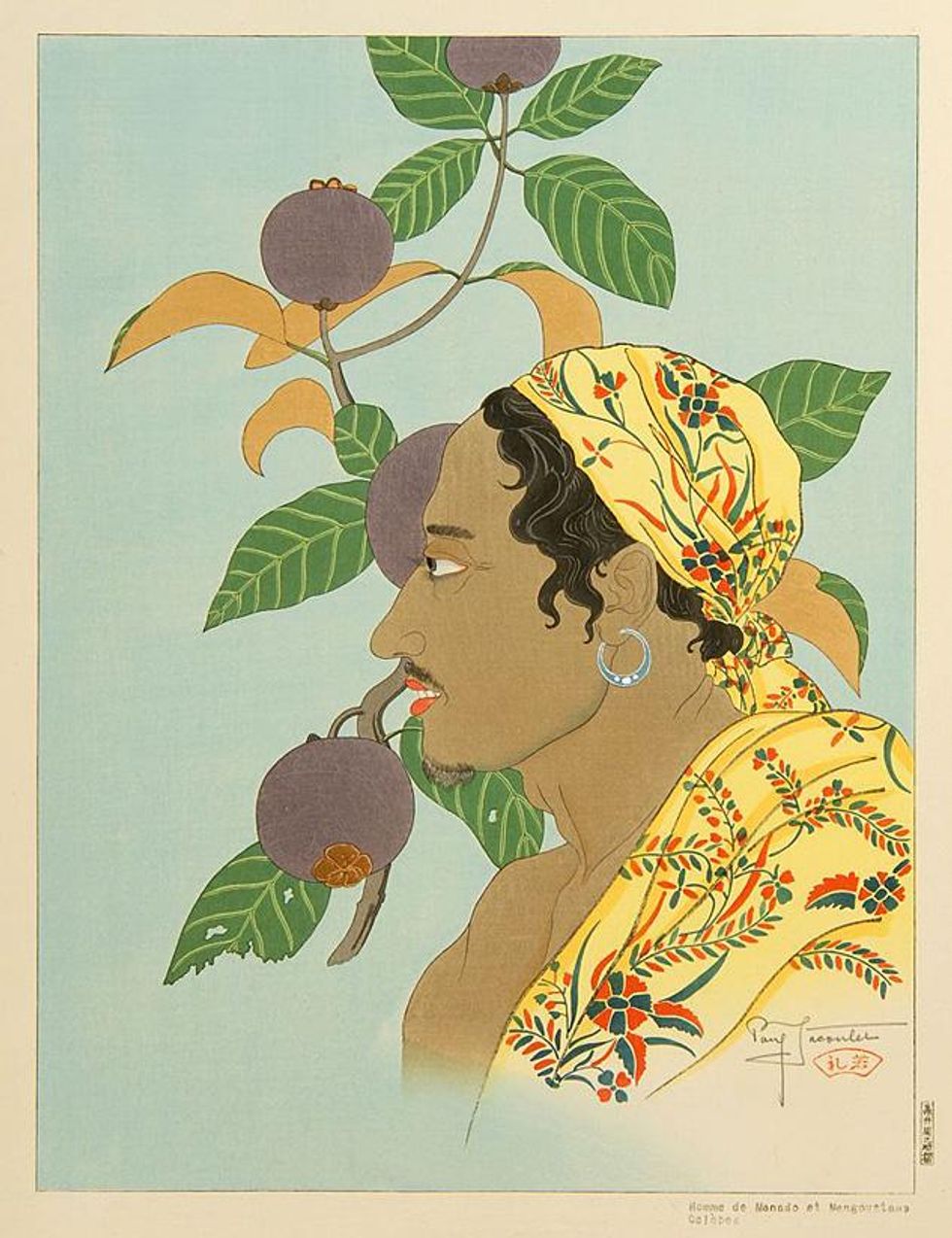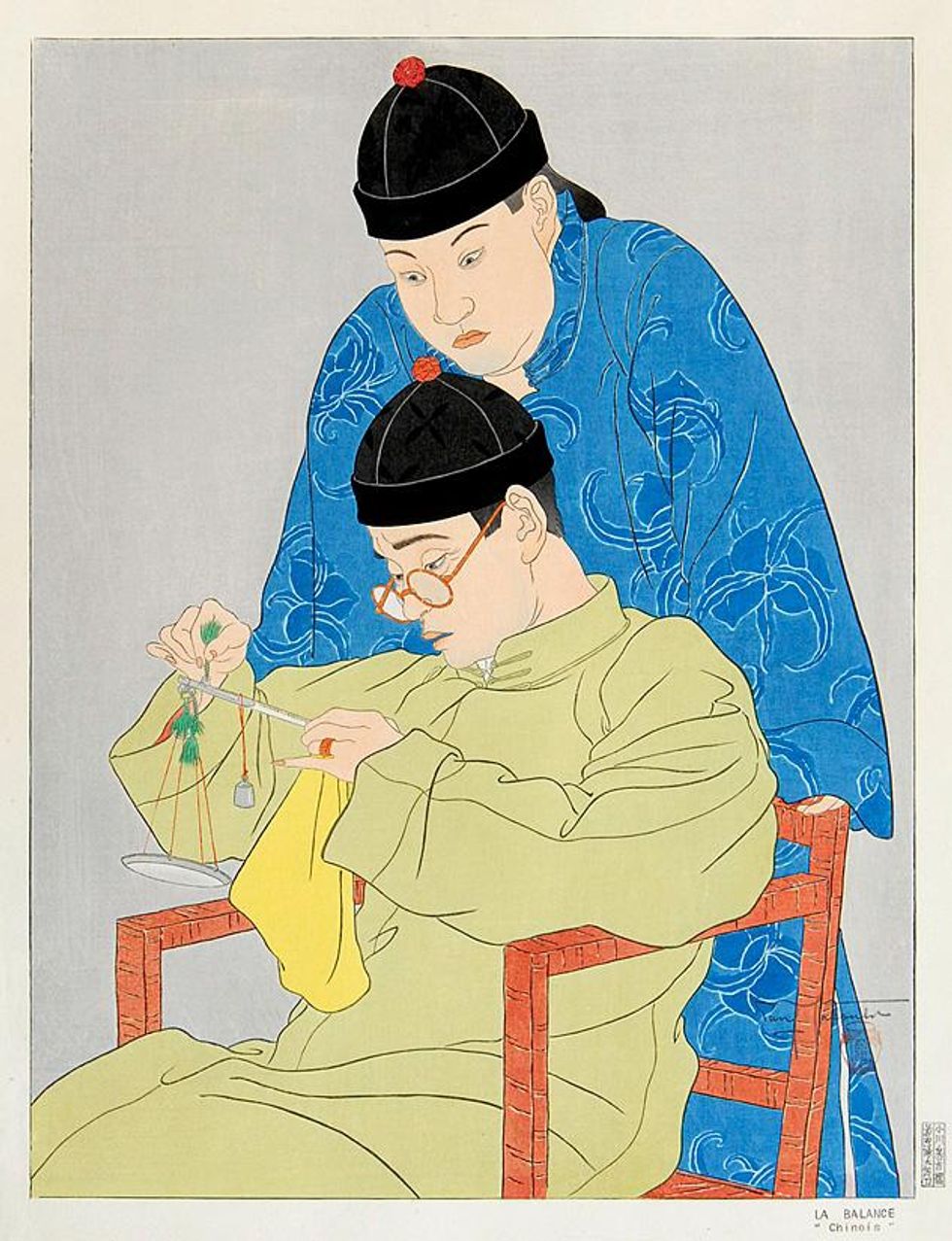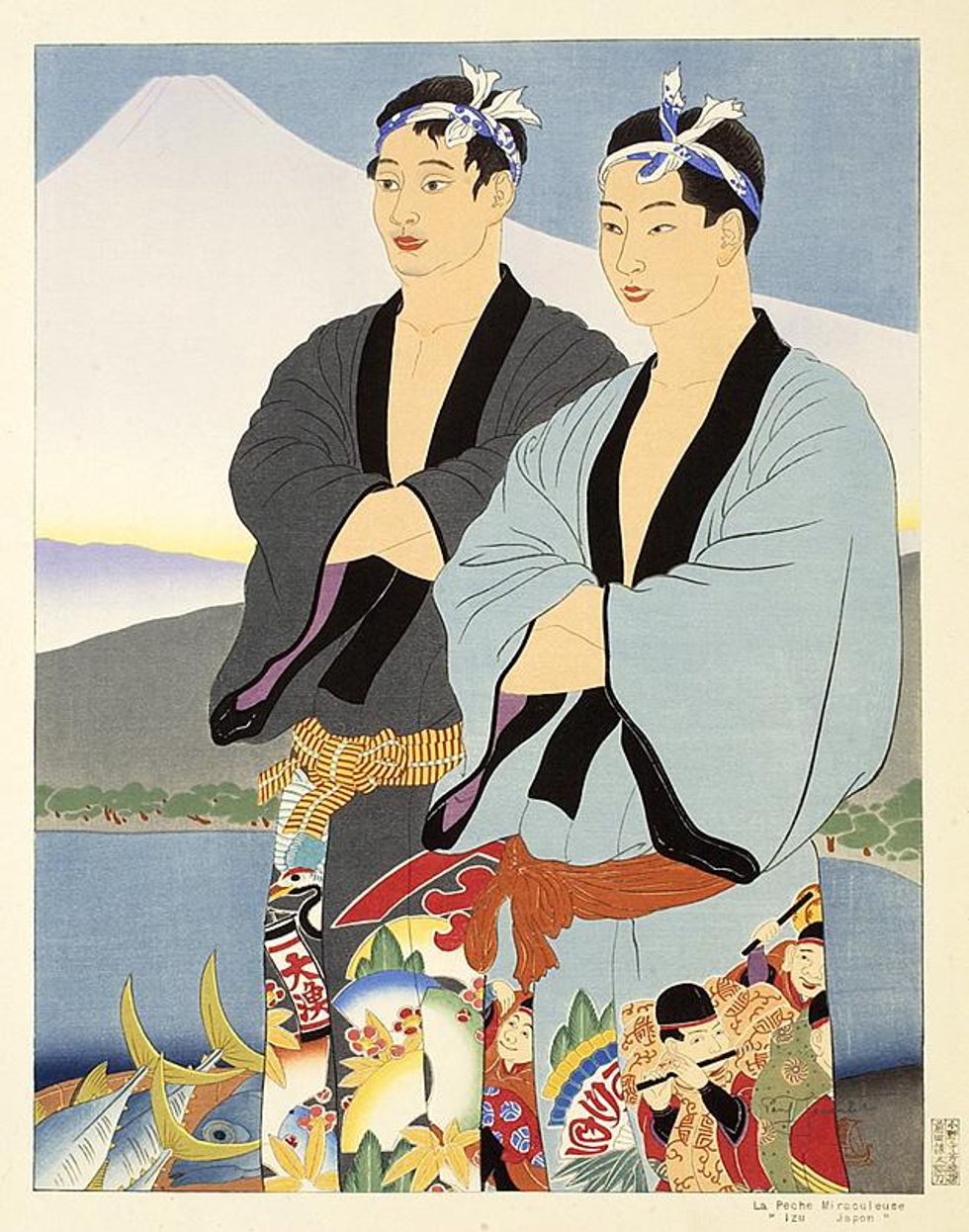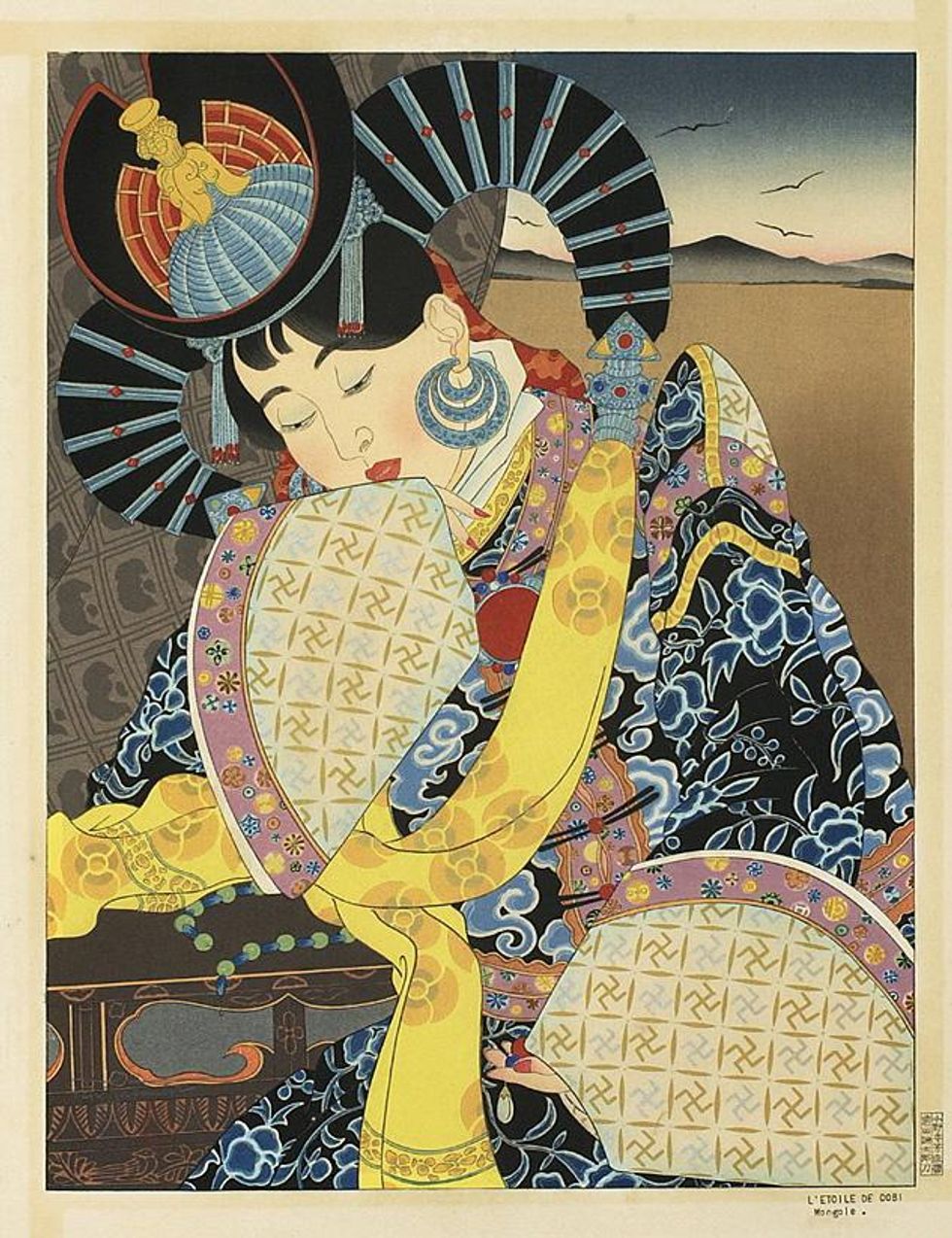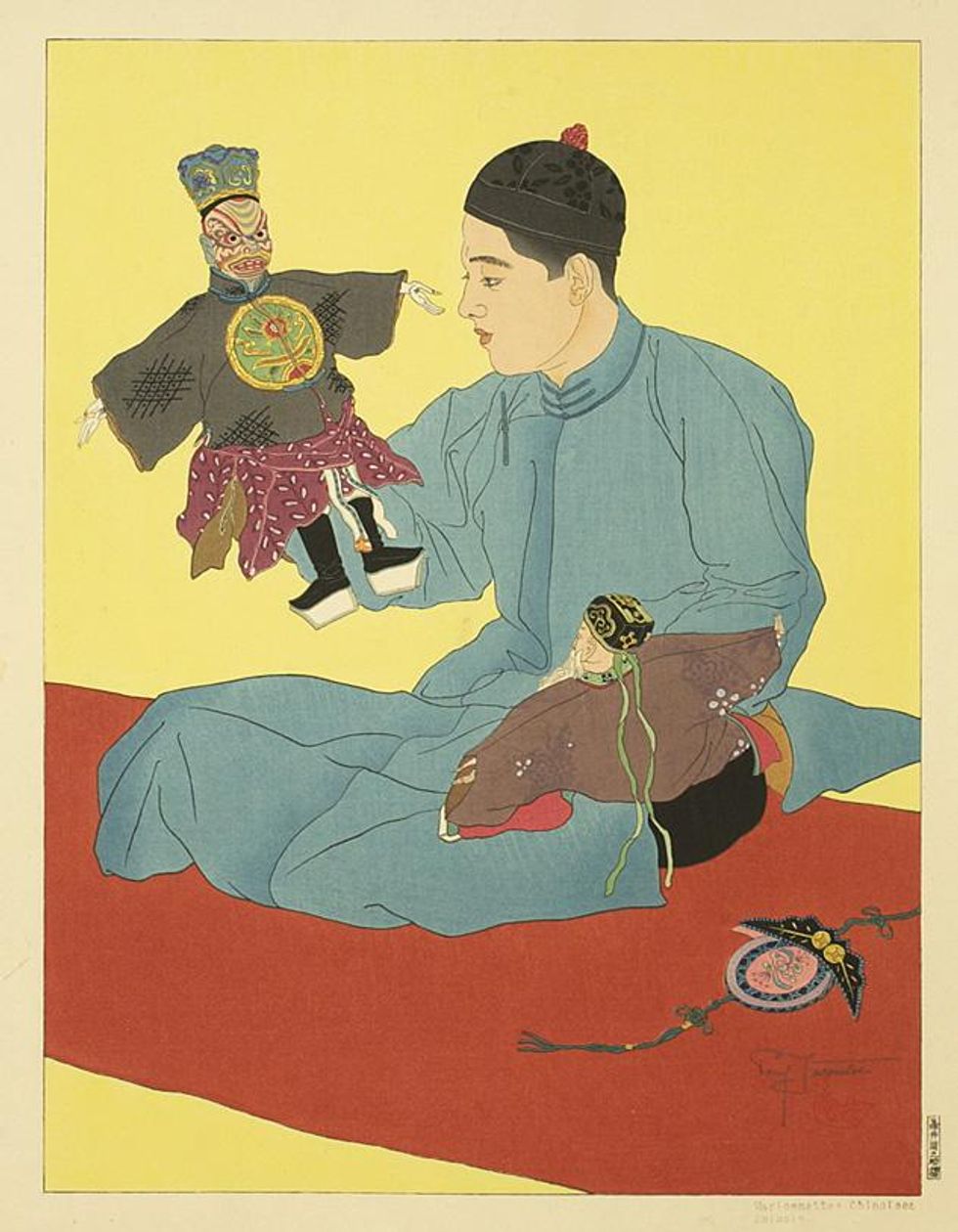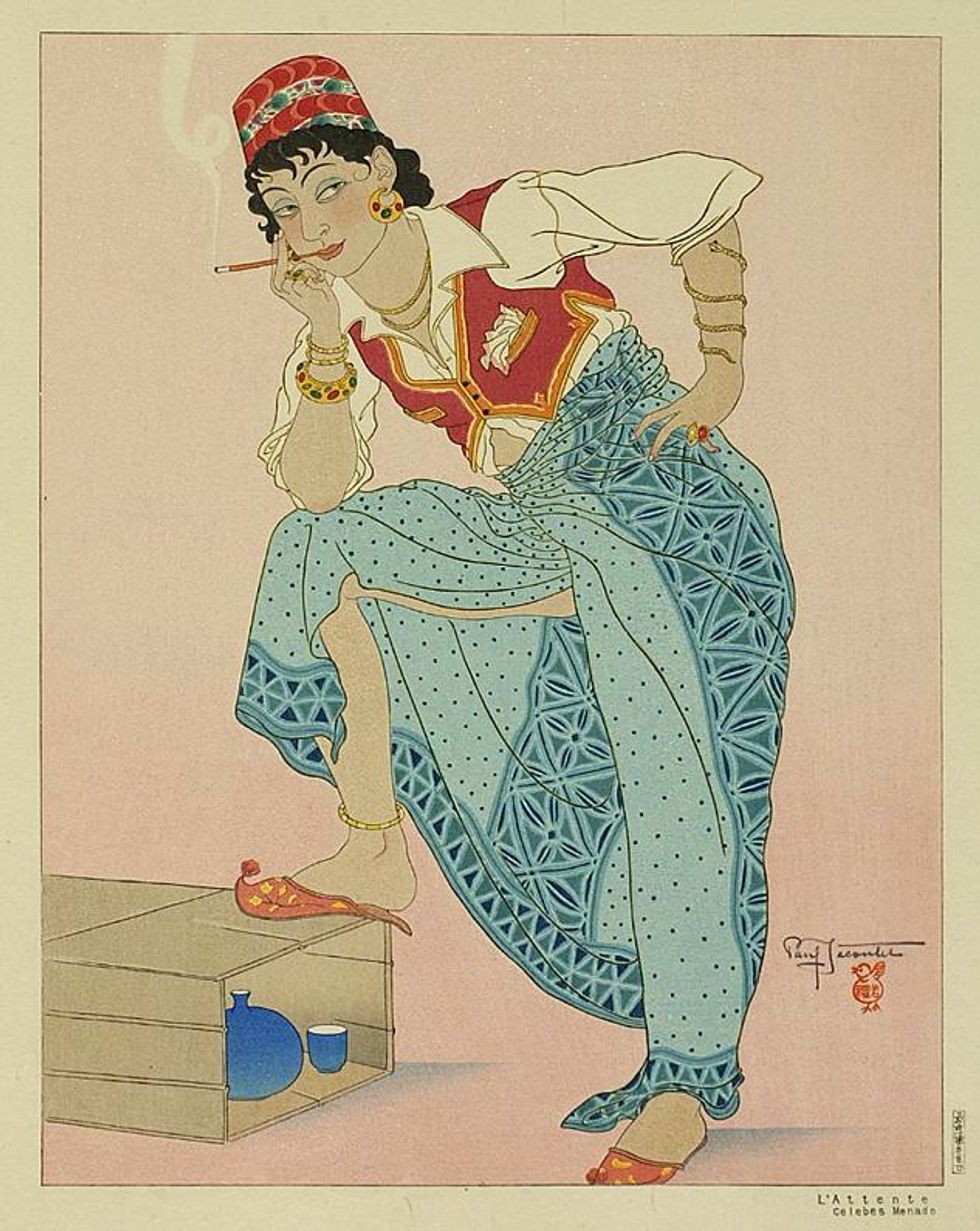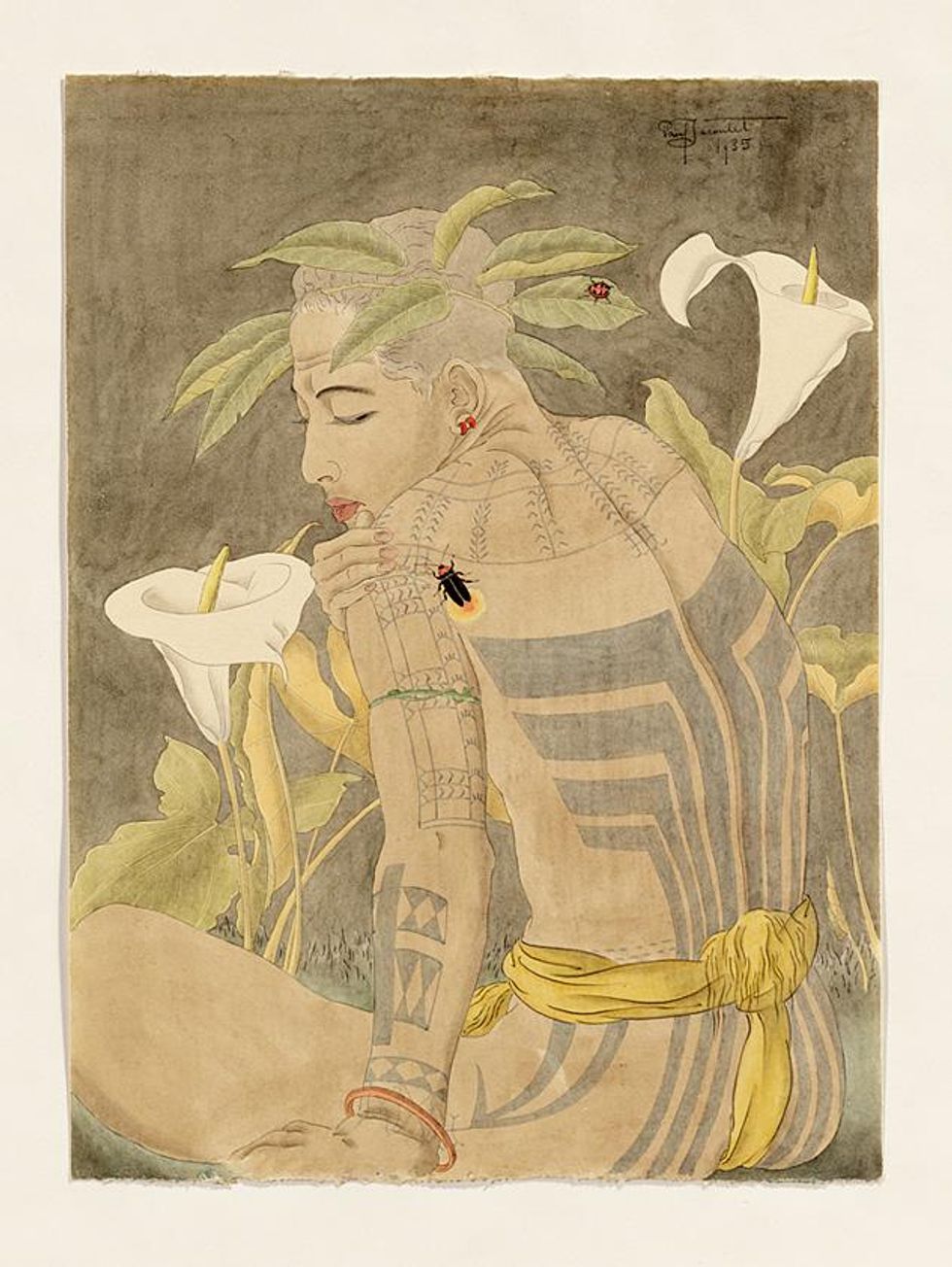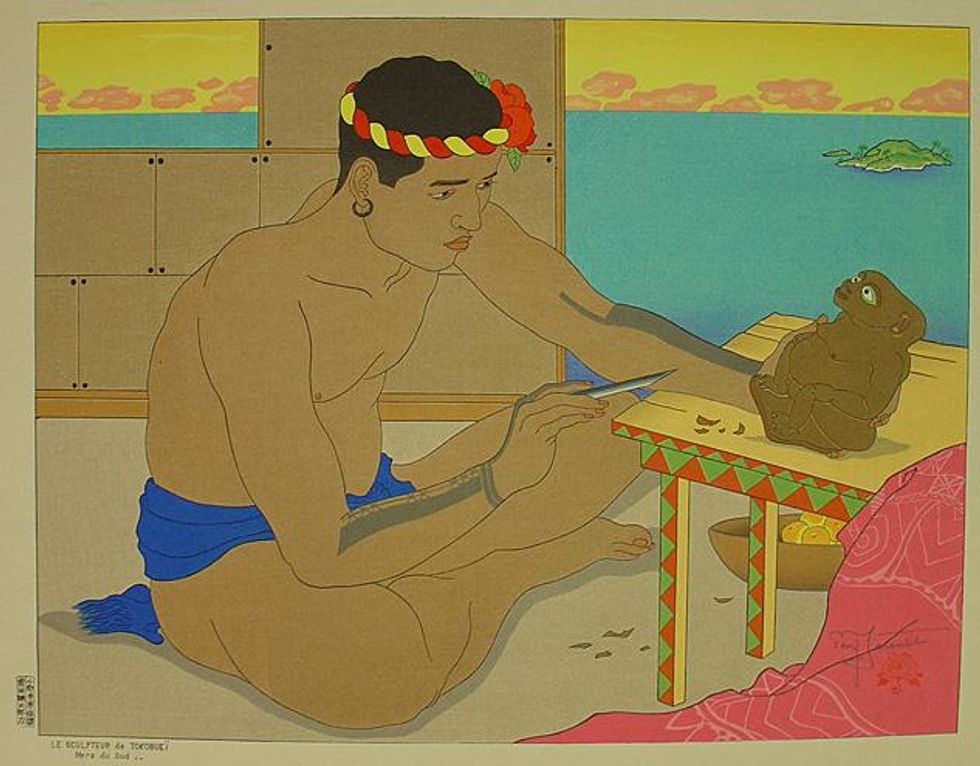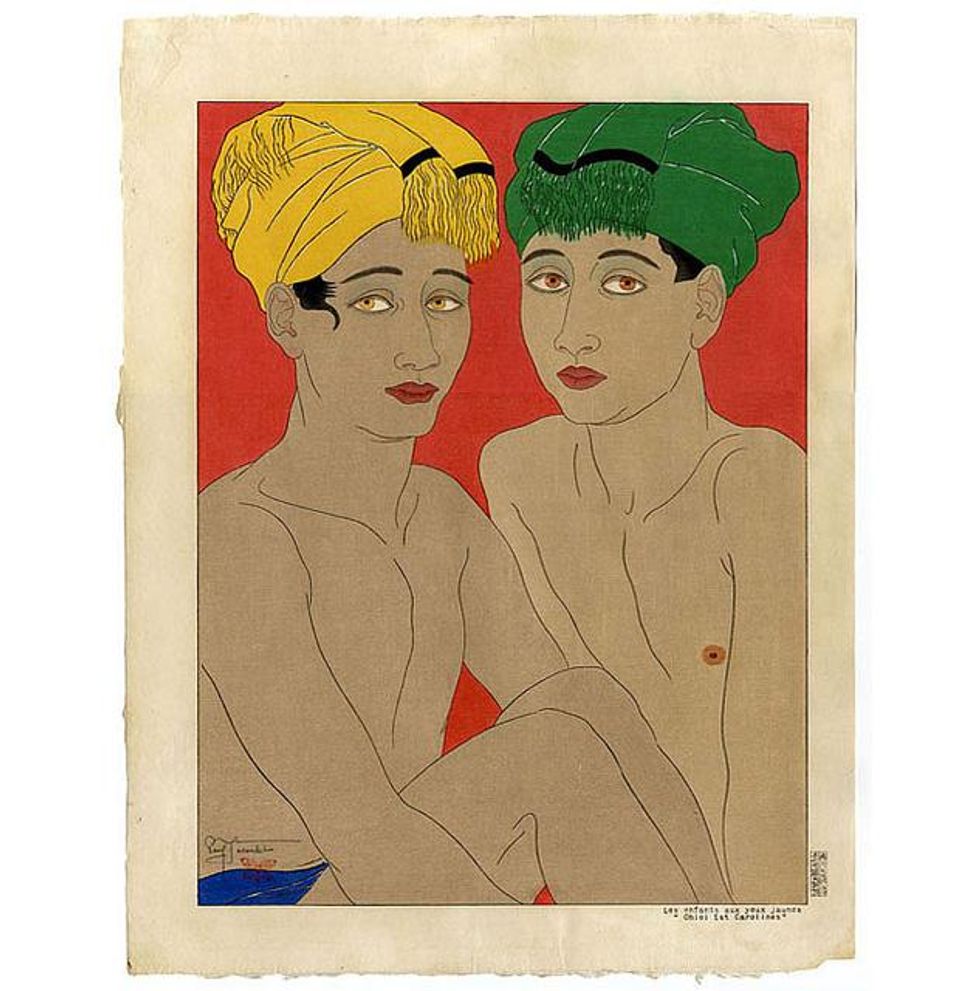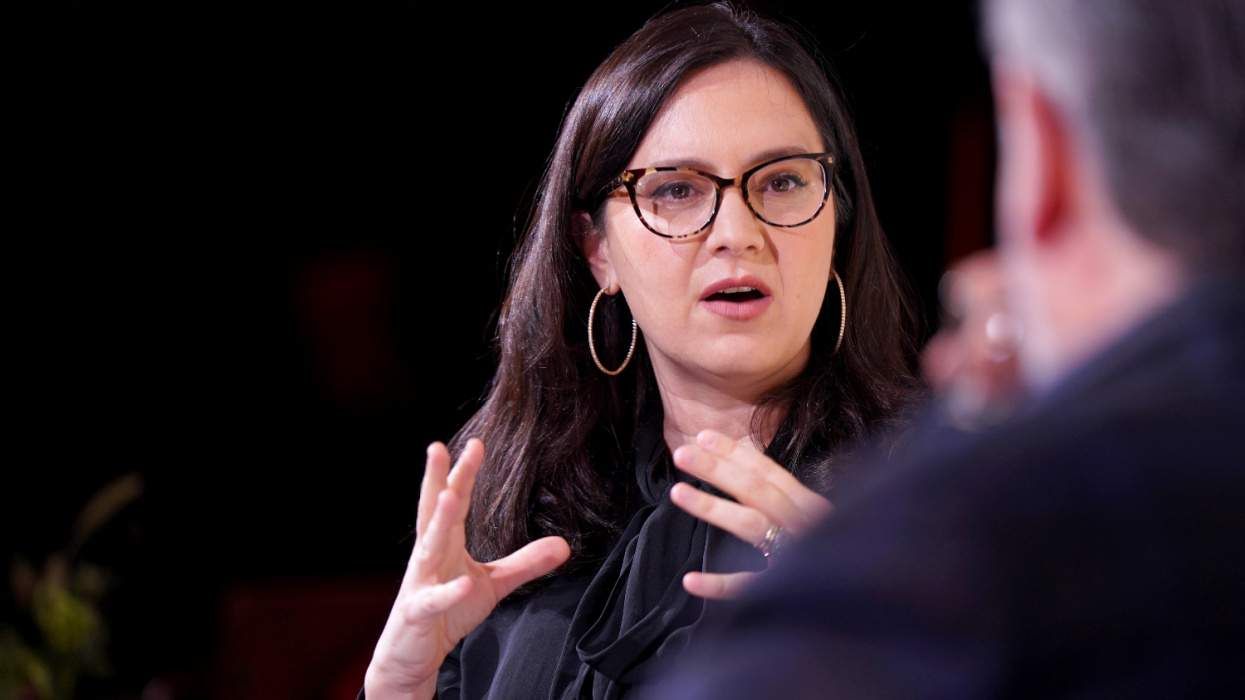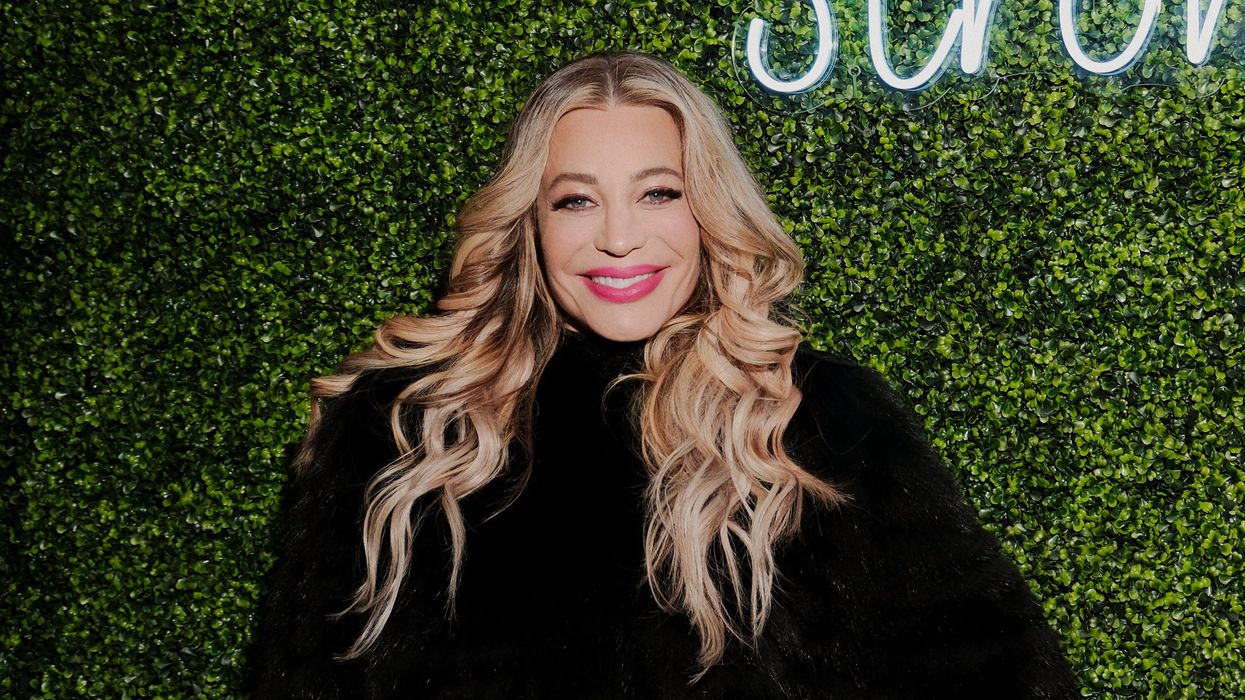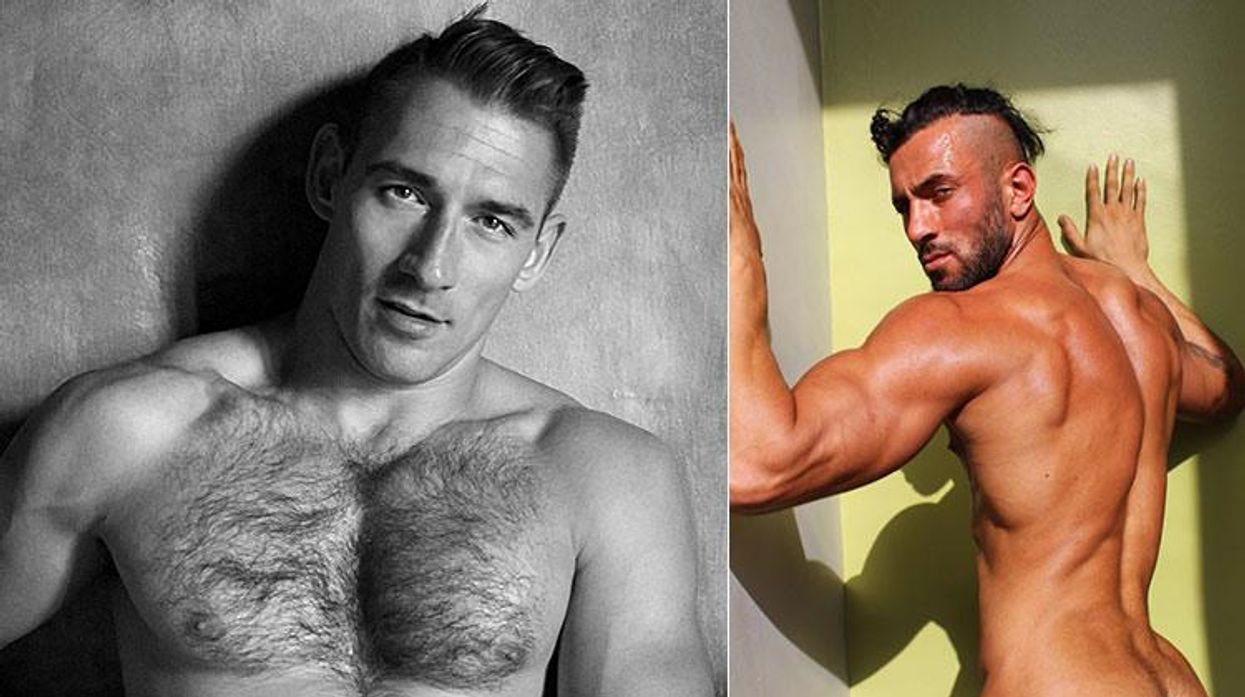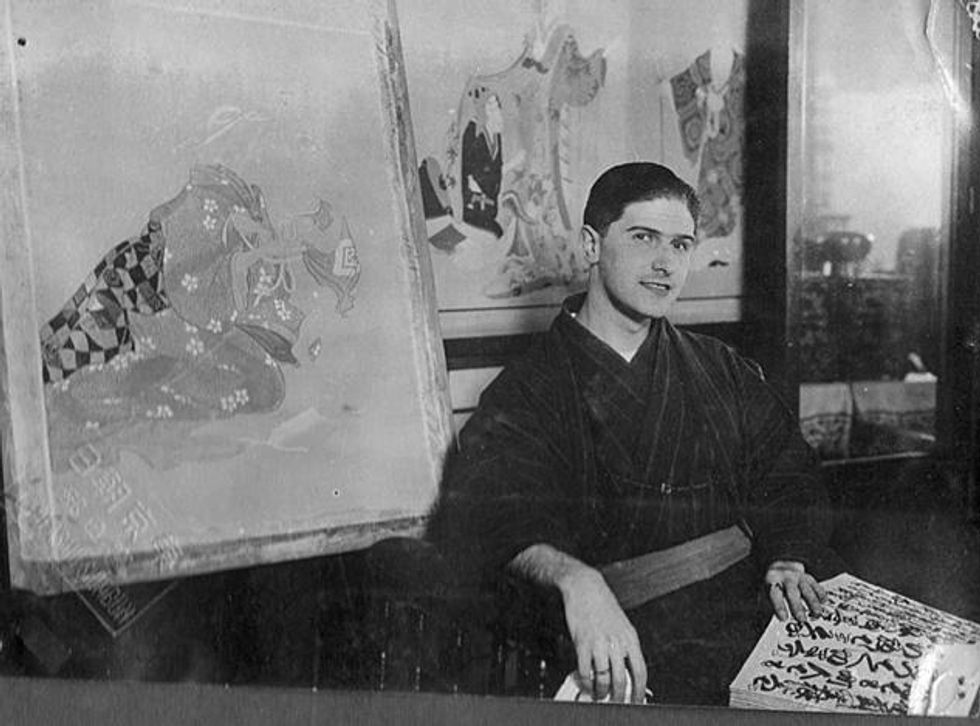
Jacoulet lived in Japan for most of his life. During World War II, he moved to Karuizawa, where he survived in the countryside by growing vegetables and raising poultry. Gen. Douglas MacArthur would join Greta Garbo, Pope Pius XII, and Queen Elizabeth II as a prominent collector of Jacoulet's work.
Many prints are very rare because all Jacoulet's pre-World War II work that had not already been taken out of the country by collectors was destroyed by fire. Jacoulet was a true renaissance man -- French but spending most of his life in Japan, expert in Kabuki, proficient on traditional Japanese musical instruments, a good calligrapher, conversant in several languages, and a recognized butterfly collector.
Growing up in Tokyo he was the next door neighbor of ukiyo-e authority Yone Noguchi; he was taught English by Noguchi's American wife, Leonie Gilmour, and befriended their son, the young Isamu Noguchi. Jacoulet's father was an ambassador, so Paul was widely traveled and was doted upon by his mother. She supported his artistic endeavors all her life. She believed that if French Polynesia was good for Paul Gauguin, then Jacoulet must go there too. She sent him away many winters from Japan to various islands in Micronesia, Indonesia, and the Philippines.
Jacoulet was a shameless self-promoter and sent prints to famous people to enhance his reputation. Mrs. Douglas MacArthur received an annual Christmas gift, and Jacoulet's work hung in the general's headquarters in Tokyo and later at the Waldorf-Astoria. Jacoulet was flamboyantly and openly gay at a time when that was not accepted. His sexual orientation and gender fluidity are clearly reflected in his work. Near the end of his life Jacoulet was barred from entering the U.S. due to his "undesirability" as a gay person. Undeterred, he dressed up in a white suit and, carrying a silver-headed cane, walked into the U.S. at Niagara Falls.
See more of Jacoulet's work on the following pages.
